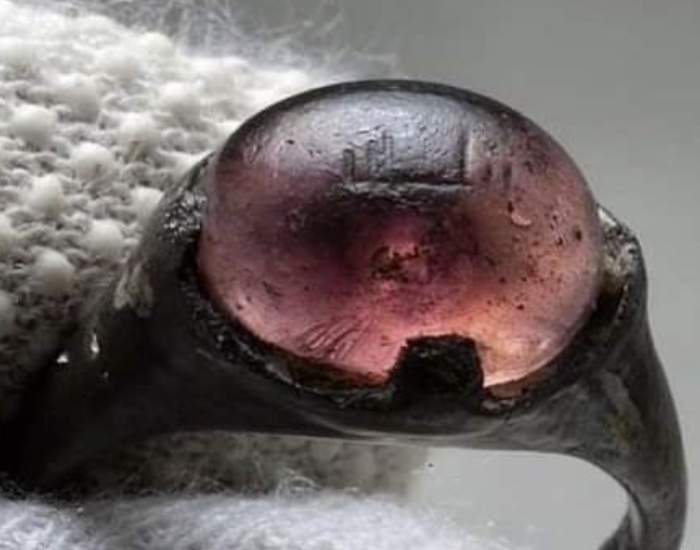The Rise and Fall of Onomarchus: A Historical Account of a Notorious Ancient Greek Tyrant. It was Onomarchus who was the supreme commander of Phocian forces during the Third Sacred War (356–346) from 354 to 352, during which he was the supreme Phocian aristocrat and general.
The Delphic Amphictyony fined him for tilling sacred land, a charge that had triggered the war, and he was one of the Phocian rulers who led forces alongside Philomelus, the original commander of the Phocian forces. Onomarchus gathered together the defeated Phocian forces in 354, and after Philomelus’ death at the battle of Neon, became the most powerful advocate for continuing the war in a ruthless manner, and indeed he did so even more violently than ever before.
In his time, Phocis was at its height of power, with forces of over 20,000 men, under his leadership, and either began or accelerated the looting of Delphic treasures to pay for mercenaries and under his leadership, the city reached its height of power.
Furthermore, he killed many of his enemies within the city of Phocis and confiscated their property as well. With the help of his enlarged forces, he pursued the war with vigor, attacking the neighboring Locrians in the east and west, as well as making several incursions into Boeotia. With the help of Lycophron and Peitholaus, the tyrants of Pherae, he was able to open up a new front in Thessaly by joining forces with them.






